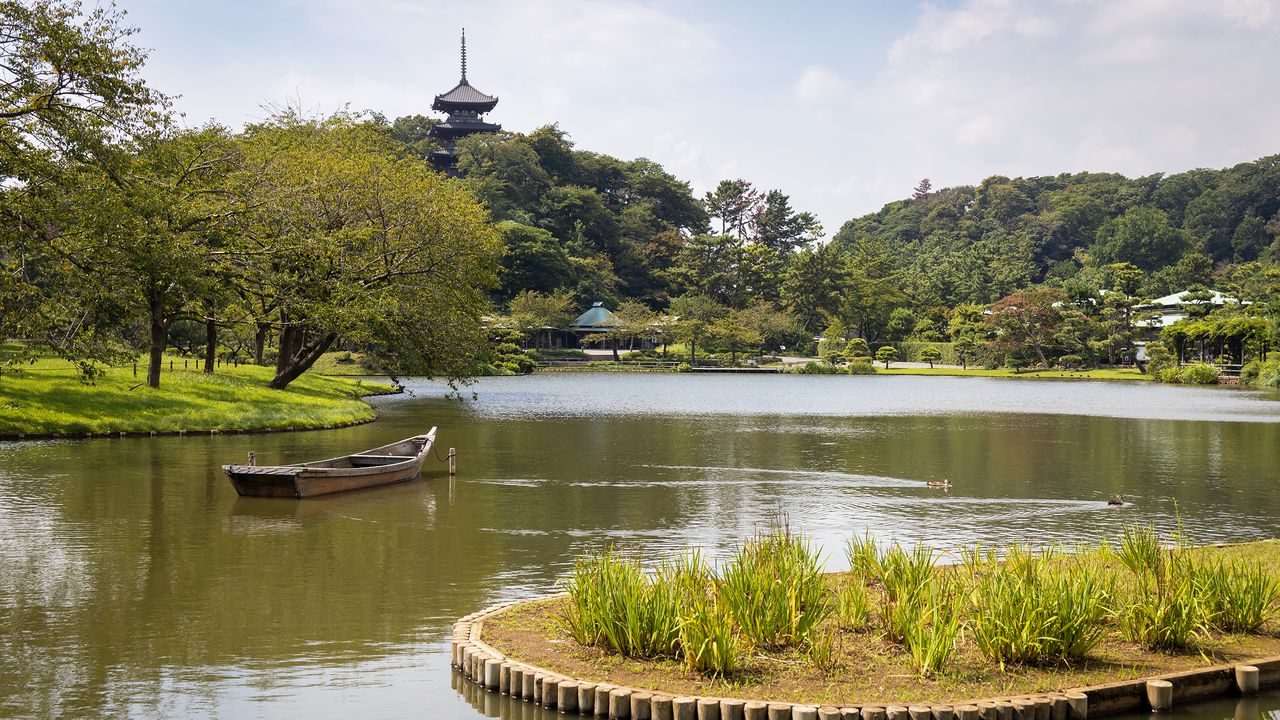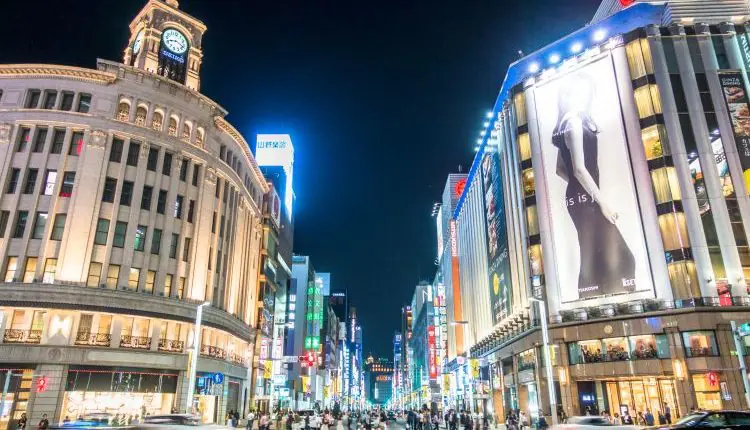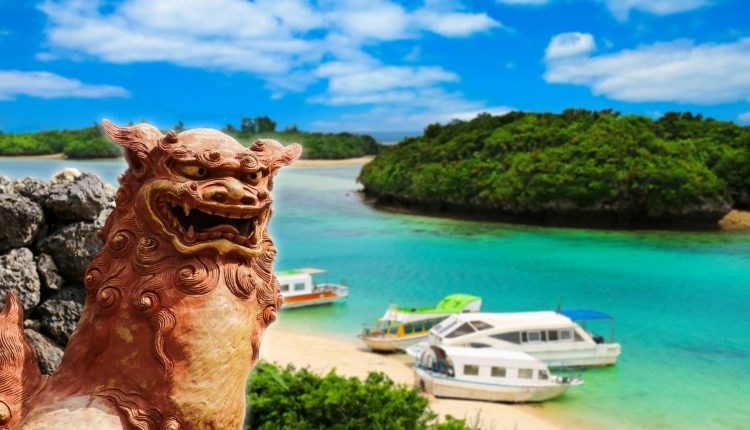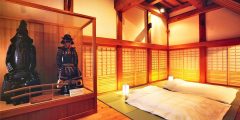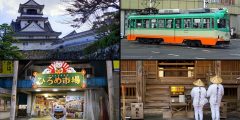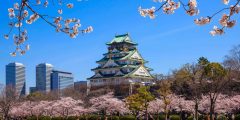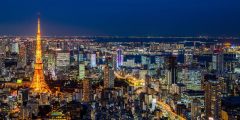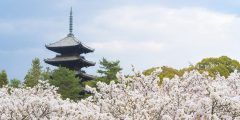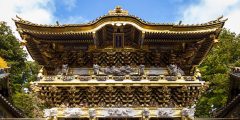“Sankein Garden”...a distinctive garden in the Japanese garden style
Sankei Park in Yokohama is one of the city's most important natural landmarks, designated a Site of Outstanding Nature and Beauty by the Japanese government.This park is very popular among Yokohama residents and visitors alike, as it has a charming landscape that includes ponds and hills that enhance its beauty.The park's famous three-story pagoda tower is one of the most prominent symbols of the park, and it also includes the newly renovated historic Rinshunkaku Villa, in addition to many other attractive places worth visiting.
Located in the modern city of Yokohama, in Kanagawa Prefecture, it is considered a Japanese gem that characterizes the region. This garden is famous for its large area of 175 square metres, and includes stunning natural terrain, in addition to a large diversity of charming seasonal plants and flowers. Ponds and streams add natural beauty to the place and enhance its attractiveness. The park also features 17 historical buildings, 10 of which are recognized as important national cultural places, representing a showcase of Japan's ancient history. Although the city of Yokohama has been influenced by Western culture as a result of it being a port that Japan opened to the outside world in the nineteenth century, Sankei Park maintains its authentic character and rich history, which gives it a special charm.
Read also:Roppongi District and Akasaka CityIn 2022, Sanqin Park celebrated its 100th anniversary. On this special occasion, the Tokugawa family's summer villa, Rinshunkaku, was opened to the public for a limited time after the renovation work on the building was completed. This villa is considered an important national cultural property, displaying the grandeur of Japanese traditional architecture. The garden is very popular with visitors who come to enjoy its beauty, and its appearance is very similar to the separate garden of Katsura Palace in Kyoto.
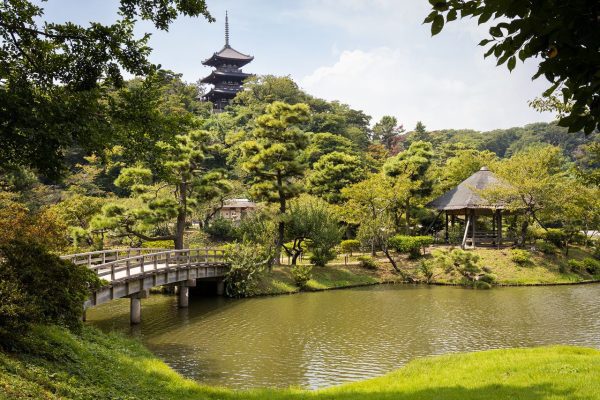
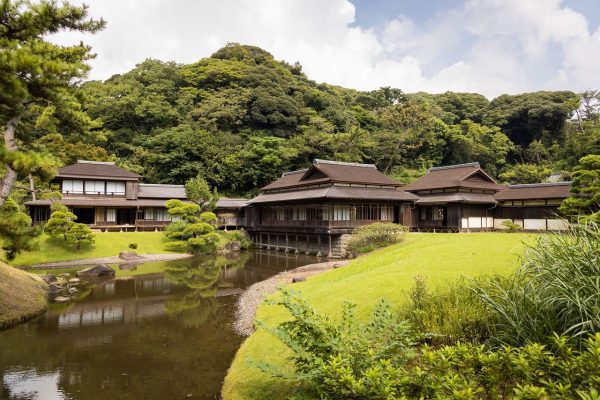
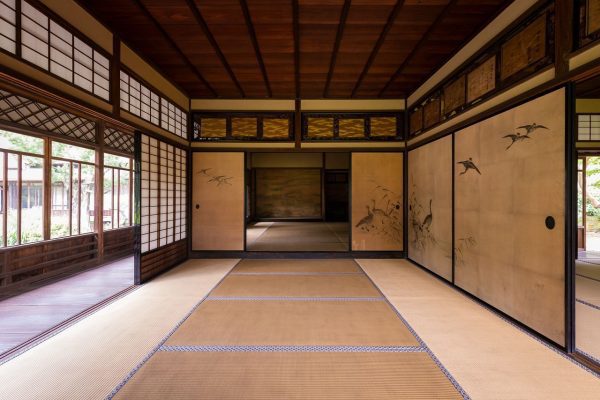
Opening the park to the public
has been named Sanqin Park Named after the nickname given to its founder, Mr. Hara Tomitaro. Tomitaro was born between 1868 and 1939 in Gifu Prefecture, and was formerly known as Aoki Tomitaro.
Read also:Tokyo TowerHe was active in the silk industry and trade, and his intelligence was evident from a young age, and he showed interest in studying the Chinese classics and other literatures, in addition to studying the arts.
He completed his education at Wosida University after moving to Tokyo, and began teaching at the Atomi School. There he met his wife, Hara Yasuo, and her family, who were merchants, adopted him and gave him the surname by which he later became known.
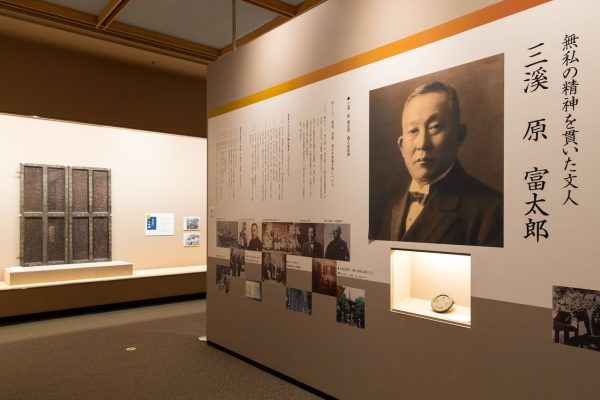
After Hara took over the reins of the family enterprise, he developed the company's activities and introduced innovations in the field of silk manufacturing in it. He also worked on exporting raw silk from it outside Japan, which achieved him great wealth. Hara was also known for having at one point acquired the Tomioka Silk Factory, which was a government facility in Gunma Prefecture. This large factory was the first facility to manufacture Western-style silk in Japan beginning in 1872.
As for the ownership of the Sankei land, it goes back to his grandfather, Hara Zenzaburo, who bought it in 1868. After that, Hara built his residence there in 1902, where he bought historical buildings and moved them from different parts of the country to Sankei to create the park, and then he named the property A name inspired by the name of a local place.
Read also:Nikko Toshogu World Heritage SiteStory varies Sanqin Park As for the rest of the gardens, which are originally owned by major businessmen, this is due to Harrah’s keenness to open a large part of them to the public, free of charge, during his lifetime, in contrast to the norm, where some businessmen’s properties are converted into public gardens after their death. A few years after the establishment of this garden, Harrah opened a large part of the outdoor garden to the people in 1906, and planted the garden with plum and cherry trees, and a variety of seasonal flowers, to become an important park for the residents of the area and visitors from different regions. Harrah continued to work on expanding the park and equipping it with many buildings and structures until it was finally completed in 1922.
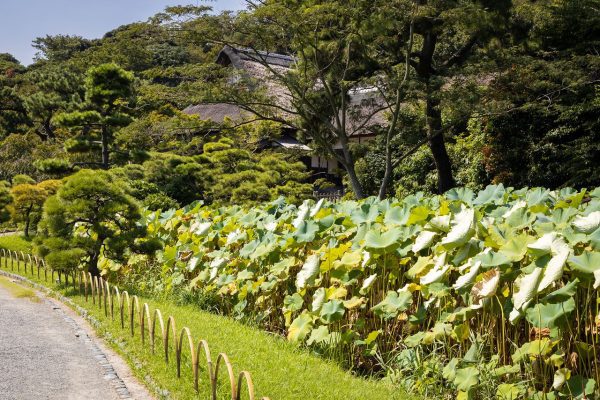
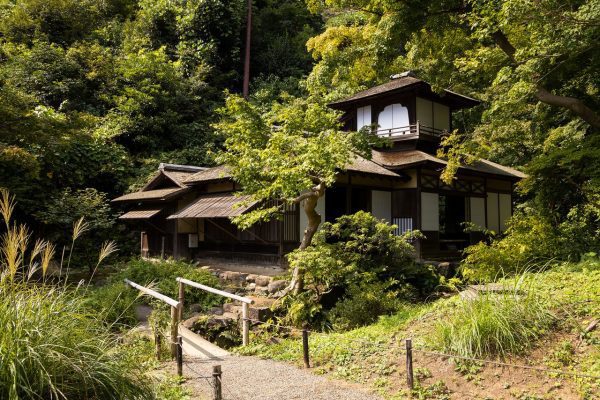
Home of high culture
The outer garden is distinguished by the presence of a hill that occupies a large area of it, in the middle of which is a three-story building said to have been built in 1457 in Tomioji, “a vanished temple in Kyoto.”
This building is considered the oldest and most important in the park, as it is considered a historical icon, as it was moved to the park in 1914 to decorate the view from Harrah’s Park.
As for the Rinchankaku Villa, which belongs to the Iwada Gotan family, a branch of the Tokugawa family, its structure has undergone many modifications to suit its new location inSanqin Park.
The shapes of the ceilings and the location of the suites were changed, and the rooms were re-divided in a way that allows them to benefit from the most beautiful views and stunning views of the pagoda and the covered bridge located in the place.
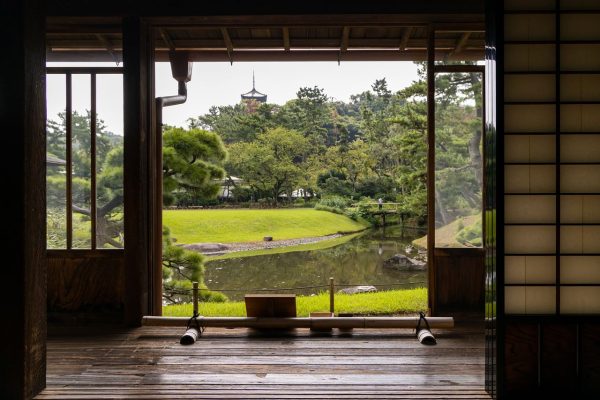
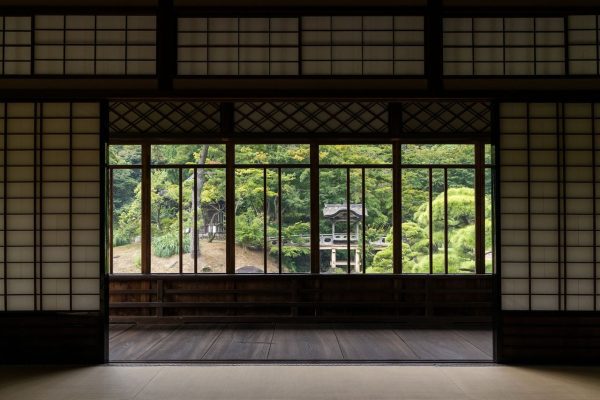
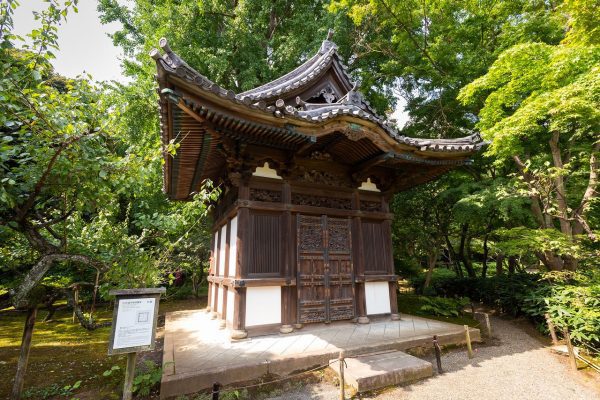
Villa Kakushukaku was not only Hara's private residence, it was also a place where Hara displayed his many artworks and sometimes opened some of the residence's halls as a salon for the leading artists of the time. Among the most prominent people who frequented his residence were the famous Nihonga artists, the artist Yokoyama Taikan (1868-1958) and the artist Maeda Seijun (1885-1977), and among the wonderful artworks they displayed was Ryuen “In the Shade of the Willows” by Yokoyama and Mikoshi Bori.” “Mikoshi Procession” by Maeda. The place was also known for the passage of other great names, such as the philosopher Watsuji Tetsuro (1889-1960), who during his stay there wrote his memoirs called Koji Junri, “A Pilgrimage to the Ancient Temples.”
In addition to Kakushukaku, there is also another building that is no less important, the Shufukaku, which overlooks the garden and is located near the pagoda building. It, in turn, was a haven for artists and creative people who found the appropriate environment necessary for their creativity. Among the important figures who resided there was the Indian poet, writer, and social reformer, Rabindranath Tagore (1861-1941), who was the first Asian to receive the Nobel Prize for Literature. He lived in the building for two and a half months in 1916, and his stay resulted in the birth of his poetry book, “Stray Birds.” This is what Hara was keen on, as the garden was not only a place of relaxation for the public, but he also prepared it to be suitable for the creative people and artists with whom he was in contact.
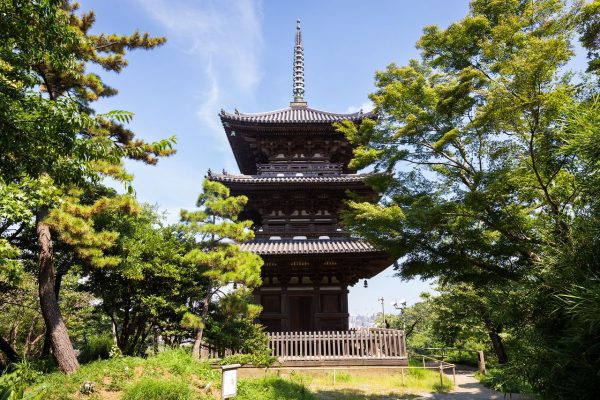
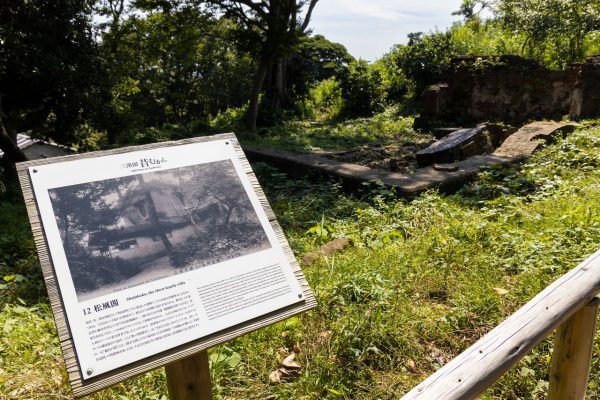
Appreciating Harrah's legacy
After completion Sanqin Park One year later, the Great Kanto Earthquake struck Yokohama, causing great destruction to the city, causing many of the park's buildings to collapse. Hara's wealth helped him participate in the city's reconstruction. Hara Sankeen then died in 1939.
The park was also not spared from sabotage during World War II, as it was severely damaged. It was eventually donated to the Yokohama City Government in 1953, and its outdoor gardens were opened to the public the following year. After the completion of a five-year restoration, the inner garden was reopened in 1958, after which many facilities were opened, including the Sankeen Kenankan Memorial Hall and several walking paths. The park was then classified as a place of outstanding natural beauty by the national government in 2007.
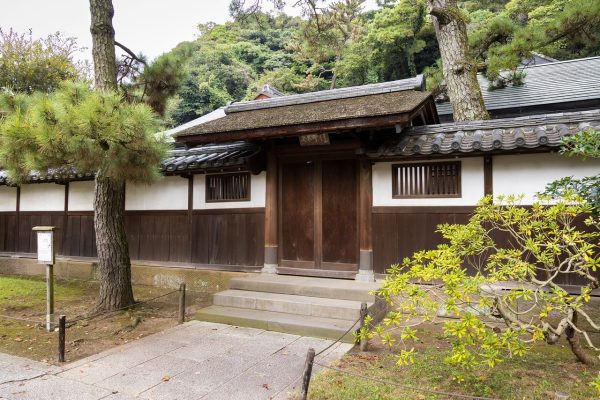
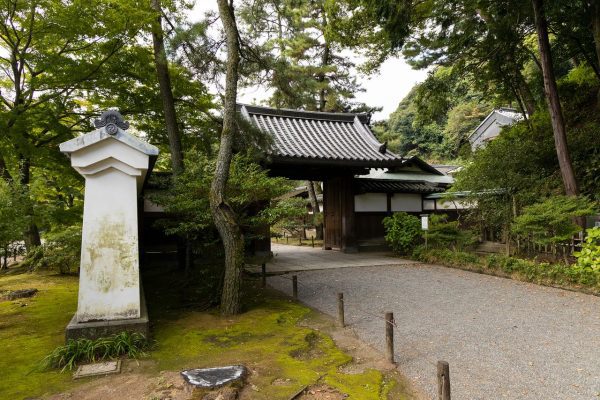
The pleasure of visiting the park is not limited to wandering through its charming nature and discovering the hidden secrets of its historical buildings, but also includes other activities that are no less important, such as dining options and going to the tea halls spread here and there. Among the most famous places are the Sankei Saryu restaurant, which serves tempura and soba meals, and the Taishonkan restaurant, which is known for its special and distinctive Sankei noodles. Volunteer tour guides also provide explanations to visitors eager to learn more about the park's history and its notable landmarks.
According to the testimony of many tour guides, many visitors have unanimously agreed that it is excellent Sanqin Park With its simple and charming beauty in its sophistication. It differs from the rest of the gardens of the rich, which are characterized by a common and prevalent stereotype, with a lot of gaudiness and luxurious appearances. To this day, the garden still preserves and reflects Hara's deep passion for art and his desire to share all the beauty he saw with the rest of the city's public and visitors to his garden.
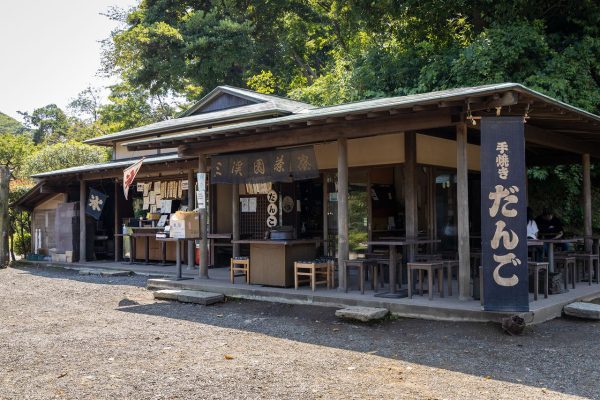
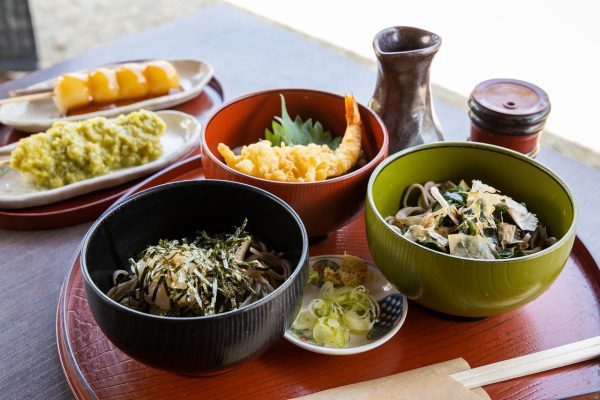
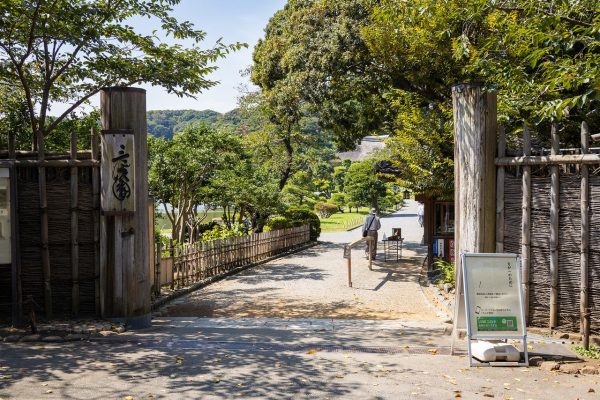
Sanqin
- Address: 58-1 Honmoku Sanotani, Naka-ku, Yokohama
- Working hours: 9:00 am to 5:00 pm (last entry allowed 30 minutes before closing time).
- Closing days: December 29-31.
- Entrance prices: For adults 16 years old and above: 700 JPY, children from 6 to 15 years old: 200 JPY.
(Original text in Japanese, translation provided by Japan in Arabic)
